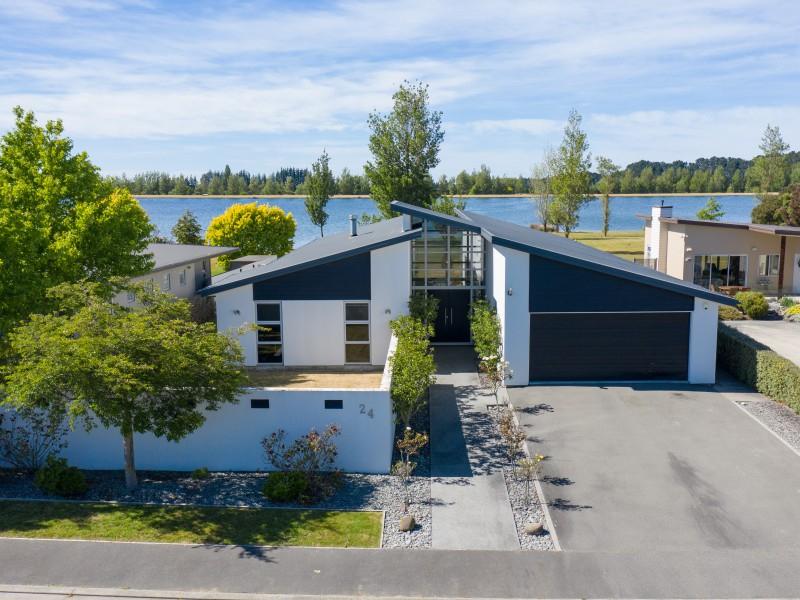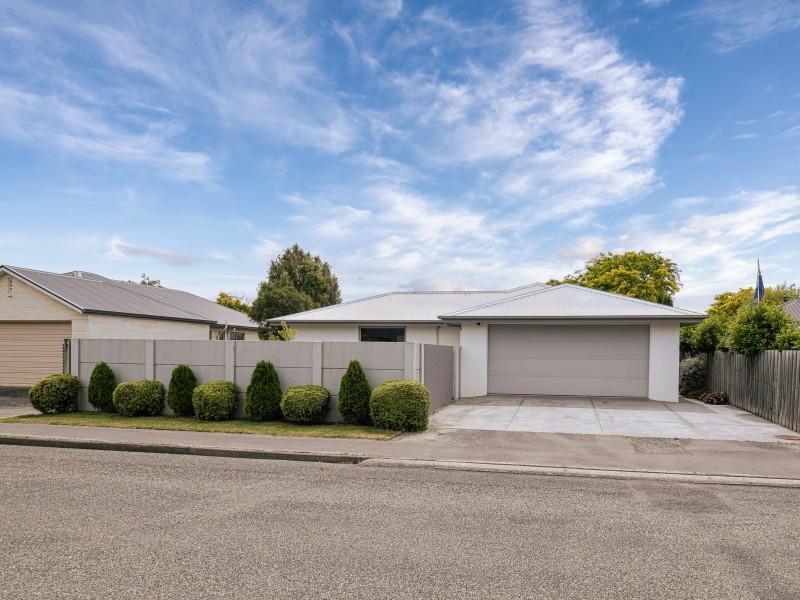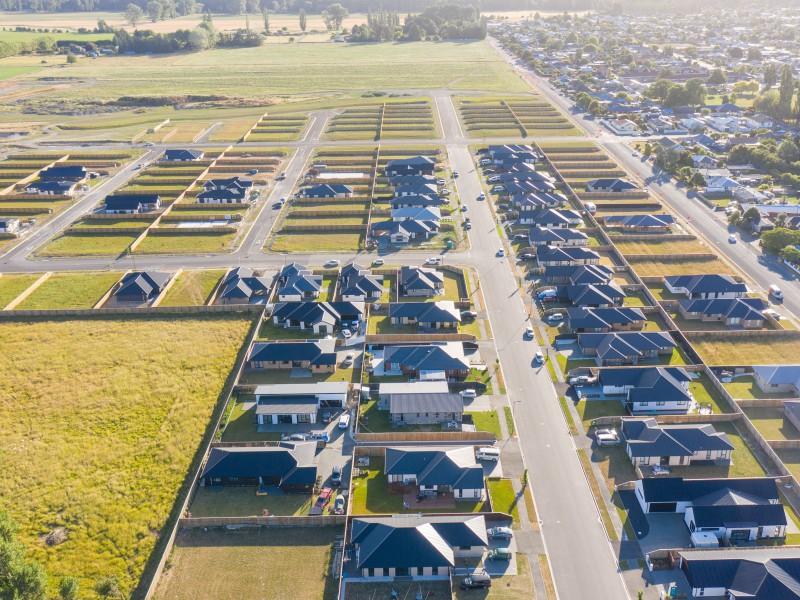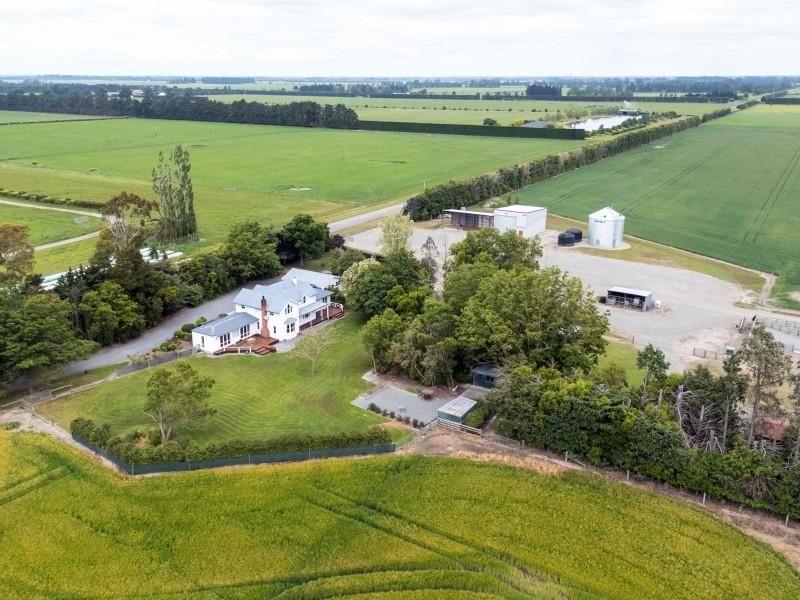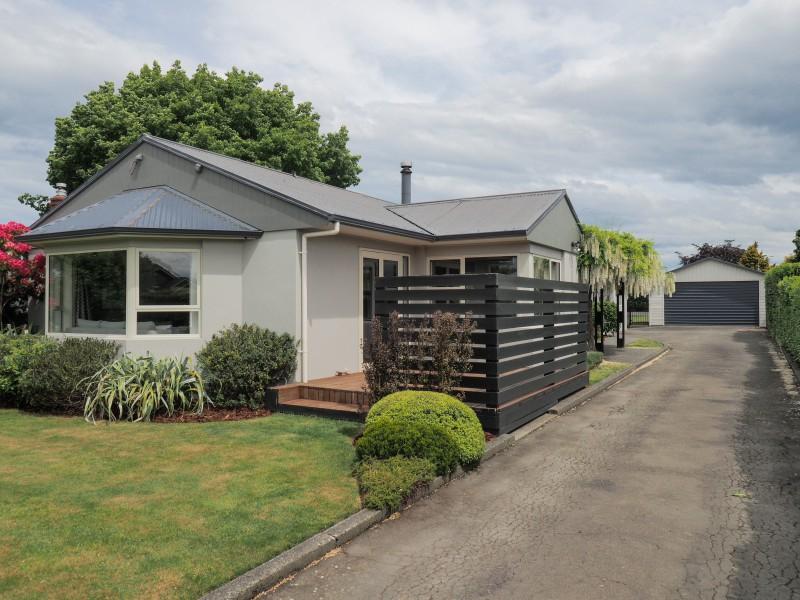Level of contamination ‘not known’ in about 70% of West Coast sites
By local democracy reporter Brendon McMahon:
There are still big gaps in the knowledge about the number of contaminated and environmentally hazardous sites on the West Coast.
The West Coast Regional Council's Hazardous Activities and Industries List (HAIL) identifies 533 sites across the region.
A new report by council says the presence or extent of contamination is "not known" for 70% of the sites.
At this stage council staff resources dedicated to HAIL and contaminated work represents about one half-time staff member, annually, the report said.
The sites represent a range of past activities and industries in the region.
The most common are: service stations (40%), landfills (10%), power substations (5%), previous mining exploration (4%), and previous gas works (4%).
Councillor Peter Ewen has repeatedly called for the region's HAIL list to be brought up to speed and thanked council staff for the updated list.
"It's very good to have this (but) there are a number of concerns," he said.
"The word that springs up in this report is a lot of sites have been 'assessed' but a lot haven't."
Ewen said the council should be seeking external funding to get a better handle on the scope of hazardous sites across the region, including former rubbish dumps.
"We've got to get some significant financial assistance to address this, and I think we should be accessing that."
The council HAIL register report included additional information from the Department of Conservation noting that it had 301 hazardous sites under its administration.
Only 48 of these were already included in the council list.
DOC-managed contaminated sites were typically former coal or gold mine sites.
Ewen asked the council draft a letter to the Director General of DOC to address:
* The department's work programme, resources and funding dedicated to its West Coast HAIL sites;
* That DOC should inform the council of any discharges occurring from their sites, "that are not already consented";
* Evidence of any Government funding received by DOC to deal with contaminated West Coast sites.
Ewen said the region did not want the spectacle of another Fox Glacier dump disaster.
"It's an issue that is not going to go away if we ignore it. Another day, it's another dump that gets washed away. We've got over 300 of the them, and most are not consented," he said.
"The thing I'm concerned about is the guardian of the environment, DOC, has a lot of these sites. They must know where they are."
The council agreed on April 9 to adopt Cr Ewen's recommendations.
DOC has been approached by LDR for comment.
Council science manager Jonny Horrox said council had to "give effect" to the national legislation on the risk contaminated land poses.
He said council was required to identify sites that posed or might pose health risks. This was to manage the risk appropriately on behalf of the community for land use changes or proposed earthworks.
Horrix said of the 301 DOC sites, about 48 were already listed by council.
* Eight are within the department's national 50 high risk sites;
* The presence or extent of contamination was unclear for the majority of DOC sites;
* The DOC sites represented a range of activities and industries in the region, "but mining is the main HAIL activity for 80% of sites.
Horrix said various terms had previously been used but HAIL was best understood.
"Sites are on the register as a precautionary measure ... contaminants may or may not be present."
However the HAIL register was to inform future decisions around site use, he said.
"It does not mean all sites are contaminated."
Photos:
* The former Prohibition Mine site at Waiuta cost the Department of Conservation $2.6 million to clean-up from 2016-18 of what had been assessed as the most toxic mine site in New Zealand and the second most arsenic-contaminated site in the world. (Department of Conservation)
* The top of the former Denniston Incline on the Denniston Plateau north of Westport. The area is one among many historic mining sites managed by the Department of Conservation on the West Coast where there is a legacy of contamination such as acid mine drainage. (Brendon McMahon)
Best way to use leftovers?
I'm sure you've got some excess ham at home or cold roast potatoes.
What are some of your favourite ways to use leftover food from Christmas day? Share below.

⚠️ DOGS DIE IN HOT CARS. If you love them, don't leave them. ⚠️
It's a message we share time and time again, and this year, we're calling on you to help us spread that message further.
Did you know that calls to SPCA about dogs left inside hot cars made up a whopping 11% of all welfare calls last summer? This is a completely preventable issue, and one which is causing hundreds of dogs (often loved pets) to suffer.
Here are some quick facts to share with the dog owners in your life:
👉 The temperature inside a car can heat to over 50°C in less than 15 minutes.
👉 Parking in the shade and cracking windows does little to help on a warm day. Dogs rely on panting to keep cool, which they can't do in a hot car.
👉 This puts dogs at a high risk of heatstroke - a serious condition for dogs, with a mortality rate between 39%-50%.
👉 It is an offence under the Animal Welfare Act to leave a dog in a hot vehicle if they are showing signs of heat stress. You can be fined, and prosecuted.
SPCA has created downloadable resources to help you spread the message even further. Posters, a flyer, and a social media tile can be downloaded from our website here: www.spca.nz...
We encourage you to use these - and ask your local businesses to display the posters if they can. Flyers can be kept in your car and handed out as needed.
This is a community problem, and one we cannot solve alone. Help us to prevent more tragedies this summer by sharing this post.
On behalf of the animals - thank you ❤️

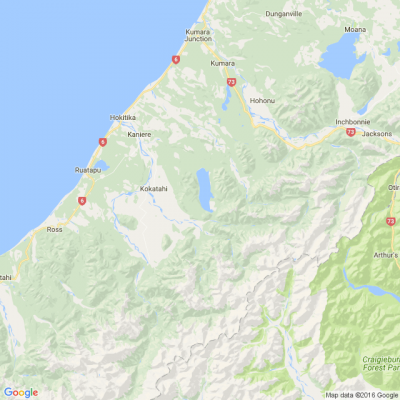
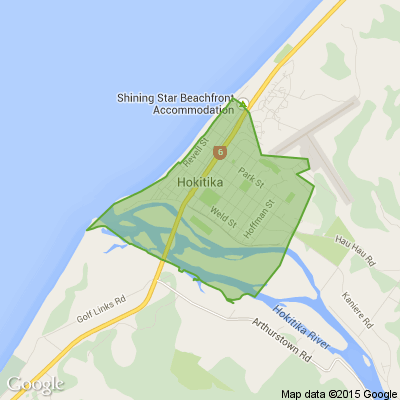





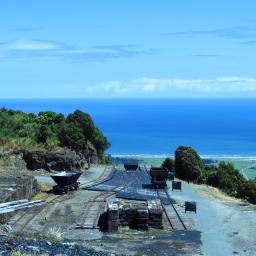

 Loading…
Loading…








